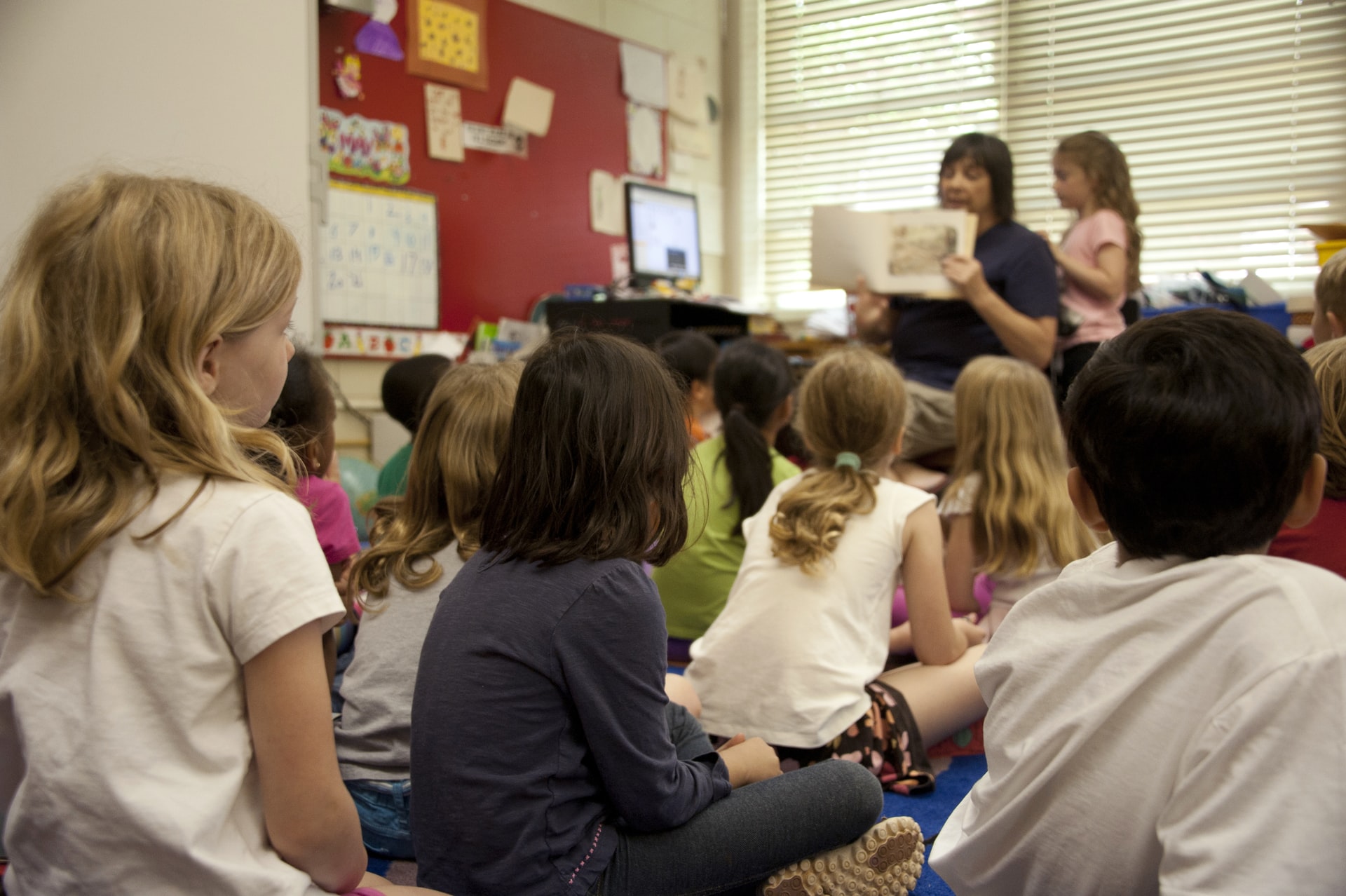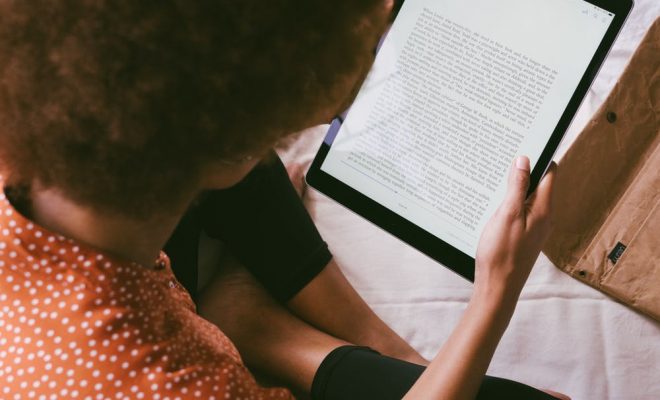Learning To Read: Everything You Need to Know

Teaching a young learner to read is one of the most challenging problems a teacher may confront. Not only must the youngster recall a plethora of different sounds and letters, but he or she must also comprehend the meaning of numerous words and phrases. As a result, it is critical that the instructor fully comprehends the processes involved in learning to read.
This essay will look at how important it is to tie the various noises to their matching print. More specifically, we will discuss how children’s reading fluency develops.
The Growth of Fluency
As they read more books, children should begin to improve their reading fluency. Educators, on the other hand, might speed up this process by introducing memorization games into their classes.
For example, educators may construct a match-the-column game or encourage kids to yell out the sound of a letter that they write on the board to help children recall the different sounds and letters.
As a result, kids will gradually learn to memorize the distinct sounds, making it much easier for them to read a piece without making any mistakes.
Connecting the Different Sounds to Print
When teaching young pupils to read, one of the first things an instructor will do is show the alphabet’s numerous letters and pronounce each letter’s sound. As a result, the pupils may begin remembering the various letters.
Students would be unable to read if they did not know what each sound in the English language looks like on paper. While kids may be able to speak certain words, spelling them out is another issue.
Understanding What Is Meant
Students must grasp the meaning of the words they read even if they can recall the distinct sounds and letters. This is where their lexicon comes into play.
Educators will need to expand pupils’ vocabulary by using a variety of children’s books, games, films, drawings, and so on. Many educators do this by simply picking up various things and asking pupils to name each item.
At first, kids should utilize ordinary things such as a chair, table, pencil, and so on. However, when the children’s vocabulary expands, they can progress to more complicated objects, which will greatly increase their fluency.
Finally, consider the following:
Learning to read is one of the most important abilities a youngster can acquire. It is also one of the most difficult duties for a teacher. Educators will need to assist pupils in connecting the various sounds to the print to increase reading fluency. More specifically, teachers will need to increase kids’ vocabulary through books, class activities, and so on.



